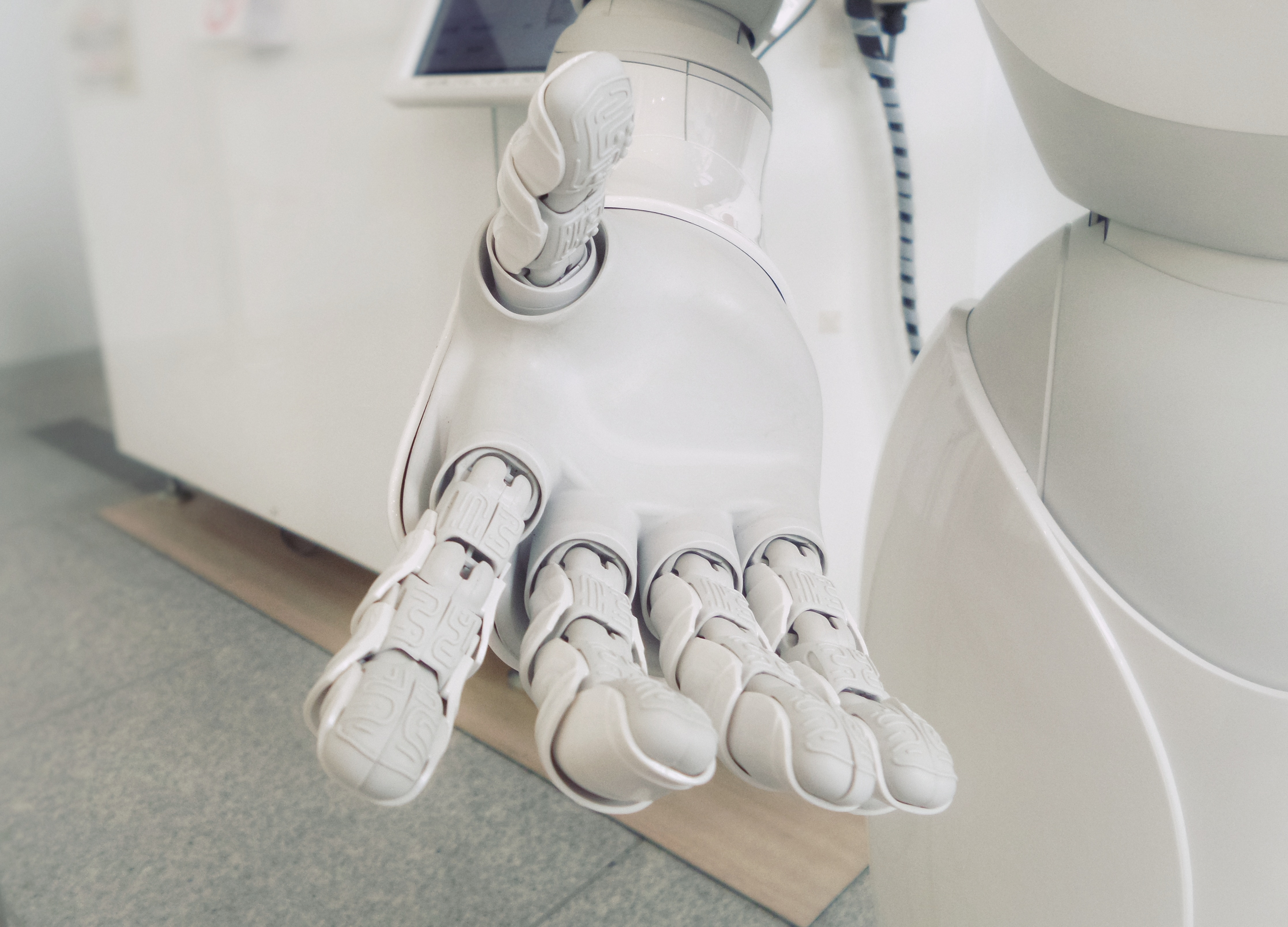
The centaur model is bringing the once-mythological human hybrid into reality.
Instead of half-horse, however, this centaur is half-computer. A human’s nuanced decision-making fuses with the powerful analytics of artificial intelligence to get the job done. And that leaves the tech industry with a lot to gain: With processes that are lightning-fast and conscientious, well-analyzed, and emotionally intelligent, tech companies can reach the right outcome faster.
State of the union of man and machine
You don’t have to look too closely to see that the centaur model is appearing in a variety of tech applications.
One of the biggest proponents of the centaur model has been the Department of Defense — its heads would like to see the concept deployed with the aim of merging AI and human capabilities to achieve quicker responses in war. The Pentagon is looking to Silicon Valley to help develop the technology necessary for such groundbreaking measures.
A more commonly known application is the self-driving car. When the concept was first introduced, the promises of fewer accidents and more efficient driving were met with fears that the cars would malfunction or even get hacked. The centaur model counters those concerns. When a human has the final say over the car, the fear of a vehicle- or hacker-takeover is moot.
“Aside from sheer analytical power, the centaur model’s competitive advantage stems from its ability to think quickly ”
And the centaur model is just as effective for play as it is for driving to work (or even for war). Research demonstrates that in a game of chess, the most successful players are human-AI pairs, suggesting that the notorious Garry Kasparov defeat in 1997 was telling only half of the story.
Bringing the Centaur from Mythology to Reality
While any industry that can benefit from automation can benefit from the centaur model (and that’s nearly every industry), tech companies are able to make the most of it. The most natural starting place is to simply identify what processes can most benefit from the computer-human fusion.
Identify processes such as analytics, automated responses, and concierge services that could lean on automation. It’s important to think about the centaur model as a tool that will push a tech company over the top in terms of its critical thinking capacity, so it helps to define clear goals based on current deficiencies.
Clara Labs, for instance, uses AI to automatically categorize user preferences based on code words and phrases. It then allows for a team of remote assistants to write consistent emails to important client contacts with accurate personality and tone while minimizing human processing. The service is available 24/7 for much less than a full-time employee.
The next step is to analyze where you can develop a competitive edge in this process.
Aside from sheer analytical power, the centaur model’s competitive advantage stems from its ability to think quickly. That offers companies speed—there’s a good amount of time saved from not relying on human workflow alone. Companies should research their billable hours to determine where employee time can be cut or repurposed.
What could especially help here is consulting both internal and external stakeholders. These individuals are some of the core cogs of a business, and they have a good view of both an individual entity and the entire tech industry. Their broad viewpoints will help companies analyze whether the centaur model will truly provide competitive advantages or merely provide novel distractions.
Today’s centaur is not limited to mythology. As some worry about the possibility of AI’s lack of conscience and overeager adoption creating problems, tech companies must remember that this model offers a unique solution to these exact issues. The emotional balance to a computer that’s moving at the speed of light should get people excited about the future possibilities afforded by AI without keeping them awake at night.









